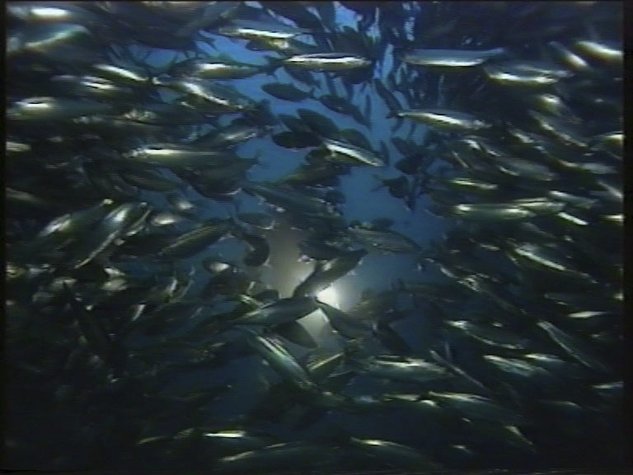
Project description
This project aims to disentangle the roles of fishing-induced evolution and phenotypic plasticity in relation to effects of density dependence and climate in determining phenotypic changes and population dynamics in pelagic planktivores.
Norwegian spring spawning herring is used as focal stock. Hypotheses will be tested against some of the best available data on any fish stock worldwide, obtained by the Institute of Marine Research through more than a century of surveys and targeted experiments at sea. Statistical models will help disentangle effects of different drivers and mechanism behind the observed changes.
We will test theoretical predictions against seven excellent data-series on Norwegian spring spawning herring available from Institute of Marine Research and the fishing industry:
- Biological data of individual fish sampled from the commercial fishery and from surveys in the Barents Sea, the Norwegian Sea, and spawning areas along the coast continuously since 1935.
- Mark-recapture data (from 1948 to 2010); fish tagged annually in April-May and on the west coast of Norway, and captured in the fisheries
- Catch data (total catch from 1899 onwards, age-disaggregated from 1907 onwards)
- Fat content from the fish meal and oil factories: the first factories were established late in the 19th century
- Various historical records from acoustic surveys
- Stomach content data
- Virtual population analysis reconstructed back to 1904, based on observed population demography (1935–) and catch data (1904–).
The project work is divided in two parts: one concentrating on changes in behaviour and natural mortality (Postdoc) and one concentrating on Energy allocation and fishing-induced changes in growth, condition, and reproduction (PhD). However, all research is planned as team effort with other project participants.
